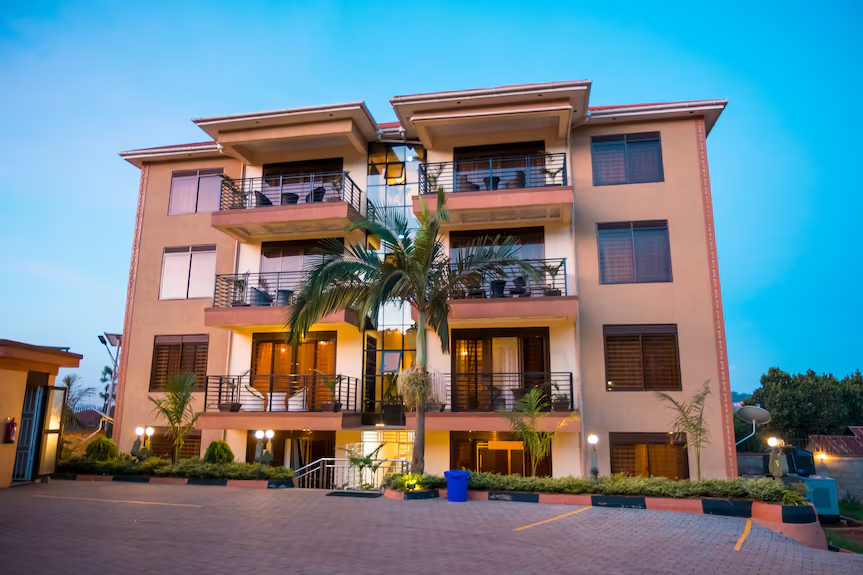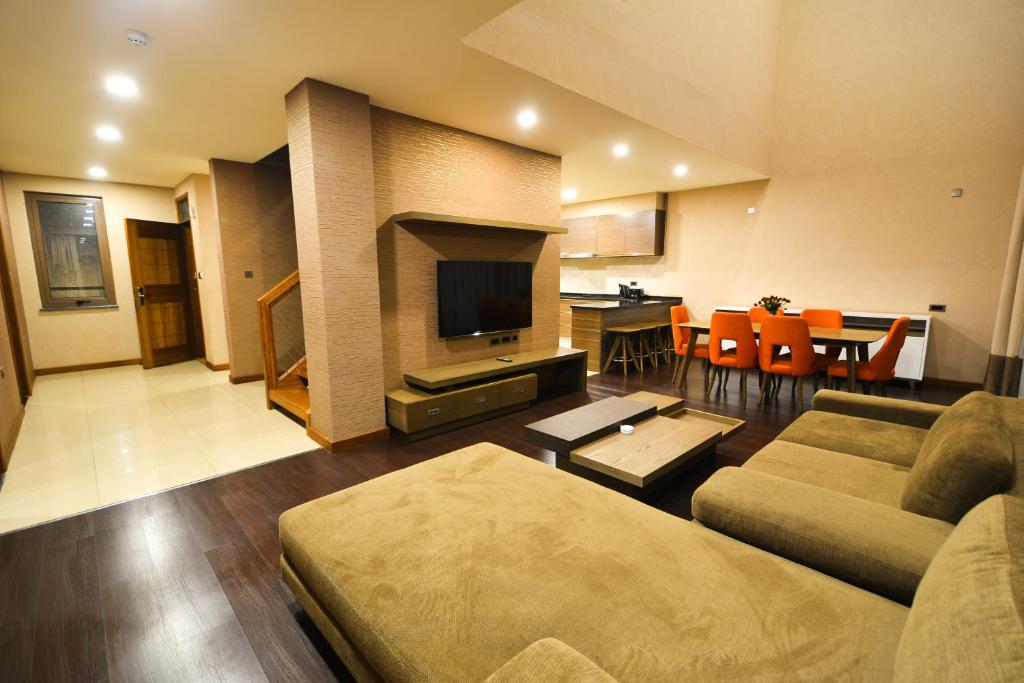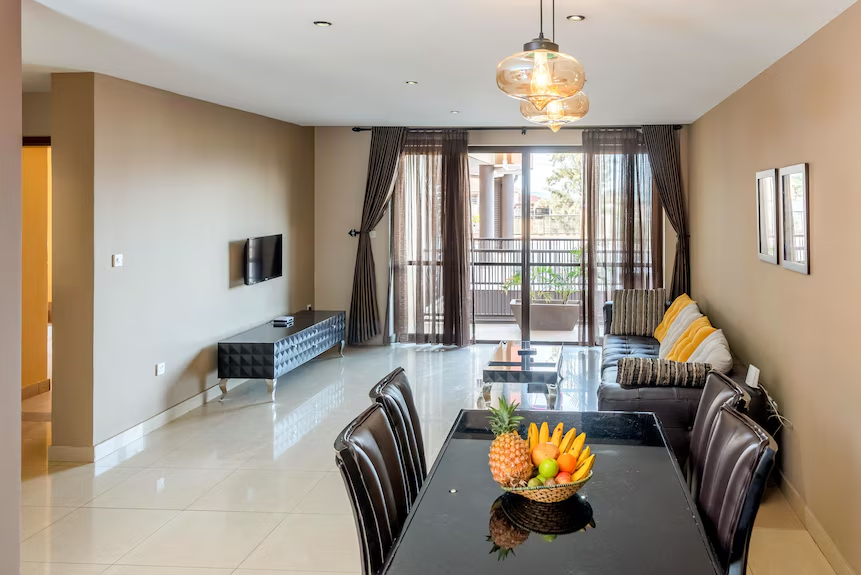The residential real estate market is currently experiencing a significant boom, driven by a surge in demand for middle- and high-income housing. This trend is reshaping urban landscapes, particularly in rapidly developing cities where modern living preferences and economic growth converge. A notable characteristic of this boom is the increasing popularity of gated communities and mixed-use developments, which offer a blend of security, convenience, and lifestyle amenities that appeal to discerning buyers and tenants.
Rising Demand for Middle- and High-Income Housing
The demand for middle- and high-income housing has escalated due to multiple factors, including urbanization, rising disposable incomes, and changing lifestyle aspirations. Professionals, expatriates, and affluent locals are seeking residences that not only provide comfort but also reflect their social status and offer a secure environment. This has led to a proliferation of upscale housing projects designed to meet these expectations.

Gated Communities: Security and Lifestyle Combined
One of the most prominent trends in the residential market boom is the rise of gated communities. These developments offer residents enhanced security through controlled access points, surveillance systems, and on-site security personnel. Beyond safety, gated communities often provide a range of amenities such as parks, gyms, swimming pools, and clubhouses, creating a self-contained environment that fosters a strong sense of community and convenience.
Gated communities are particularly attractive to families and professionals who value privacy and a high quality of life. The exclusivity and well-maintained infrastructure of these neighborhoods contribute to their appeal, making them highly sought after in the middle- and high-income segments.
Mixed-Use Developments: The Future of Urban Living
Mixed-use developments are another key feature of the residential market boom. These projects integrate residential units with commercial spaces, offices, retail outlets, and recreational facilities within a single complex or neighborhood. This integration promotes a live-work-play lifestyle, reducing the need for long commutes and enhancing convenience.
Residents in mixed-use developments benefit from easy access to shopping, dining, entertainment, and professional services, all within walking distance. This model supports sustainable urban growth by optimizing land use and encouraging pedestrian-friendly environments. It also appeals to younger professionals and families who prioritize lifestyle and accessibility.

Transformation of Prime Areas: Nakasero and Kololo
In prime urban areas such as Nakasero and Kololo, the residential landscape is undergoing a dramatic transformation. Traditional detached houses, once the hallmark of these prestigious neighborhoods, are increasingly being replaced by modern apartment blocks. These developments maximize land use efficiency and cater to the growing demand for upscale, low-maintenance living spaces.
Modern apartment blocks in these areas often feature contemporary designs, high-end finishes, and a suite of amenities that attract affluent buyers and tenants. The shift from standalone homes to multi-unit buildings reflects broader urban trends, including population density increases and changing housing preferences.
Secondary Areas Attracting Tenants: Mbuya and Bugolobi
While prime areas evolve, secondary neighborhoods like Mbuya and Bugolobi are emerging as popular destinations for tenants seeking standalone houses. These areas offer a balance of tranquility and accessibility, appealing to families and individuals who prefer more spacious living environments without sacrificing proximity to urban centers.
The availability of standalone houses in these secondary areas provides an alternative to apartment living, attracting tenants who value privacy, outdoor space, and a community atmosphere. As demand grows, these neighborhoods are also witnessing infrastructure improvements and increased investment, further enhancing their appeal.
Conclusion
The residential market boom is a dynamic phenomenon reshaping urban housing landscapes. The high demand for middle- and high-income housing, coupled with the rise of gated communities and mixed-use developments, is driving significant changes in both prime and secondary areas. Modern apartment blocks are redefining luxury living in prestigious neighborhoods like Nakasero and Kololo, while secondary areas such as Mbuya and Bugolobi continue to attract tenants seeking standalone houses. This evolving market reflects broader economic and social trends, promising a vibrant future for residential real estate development.

